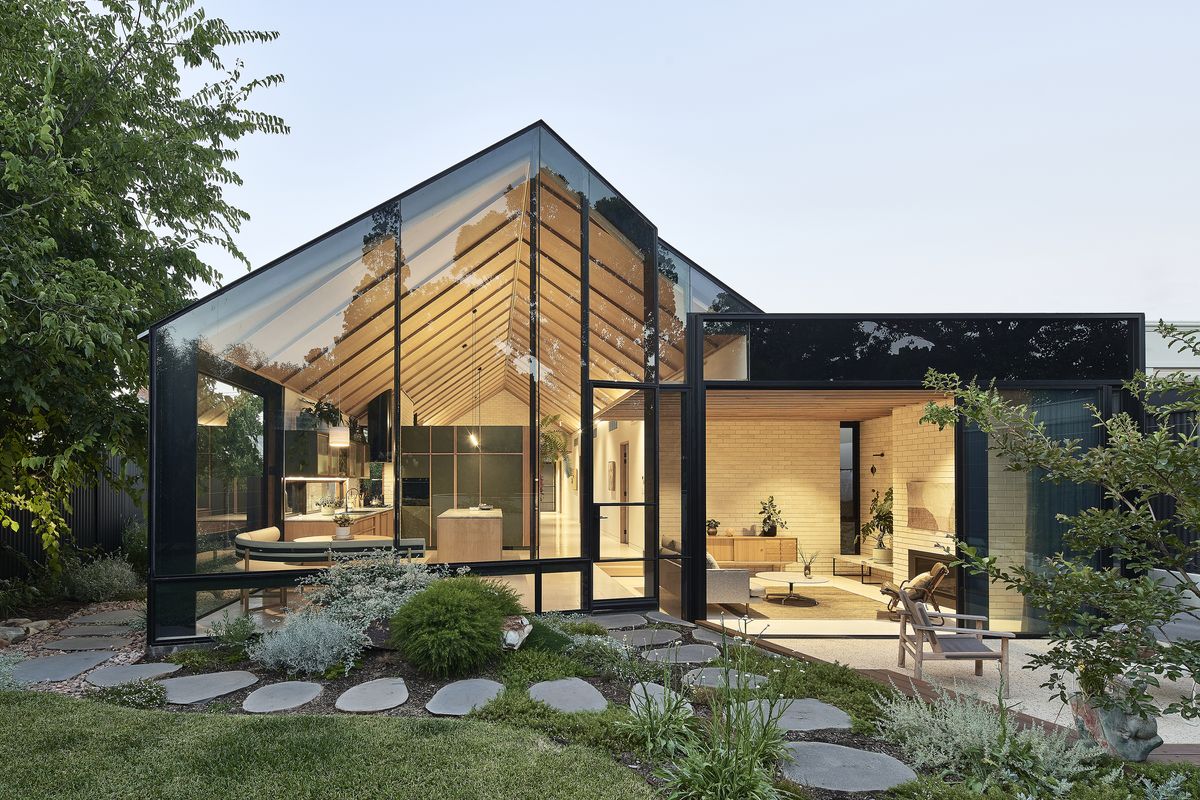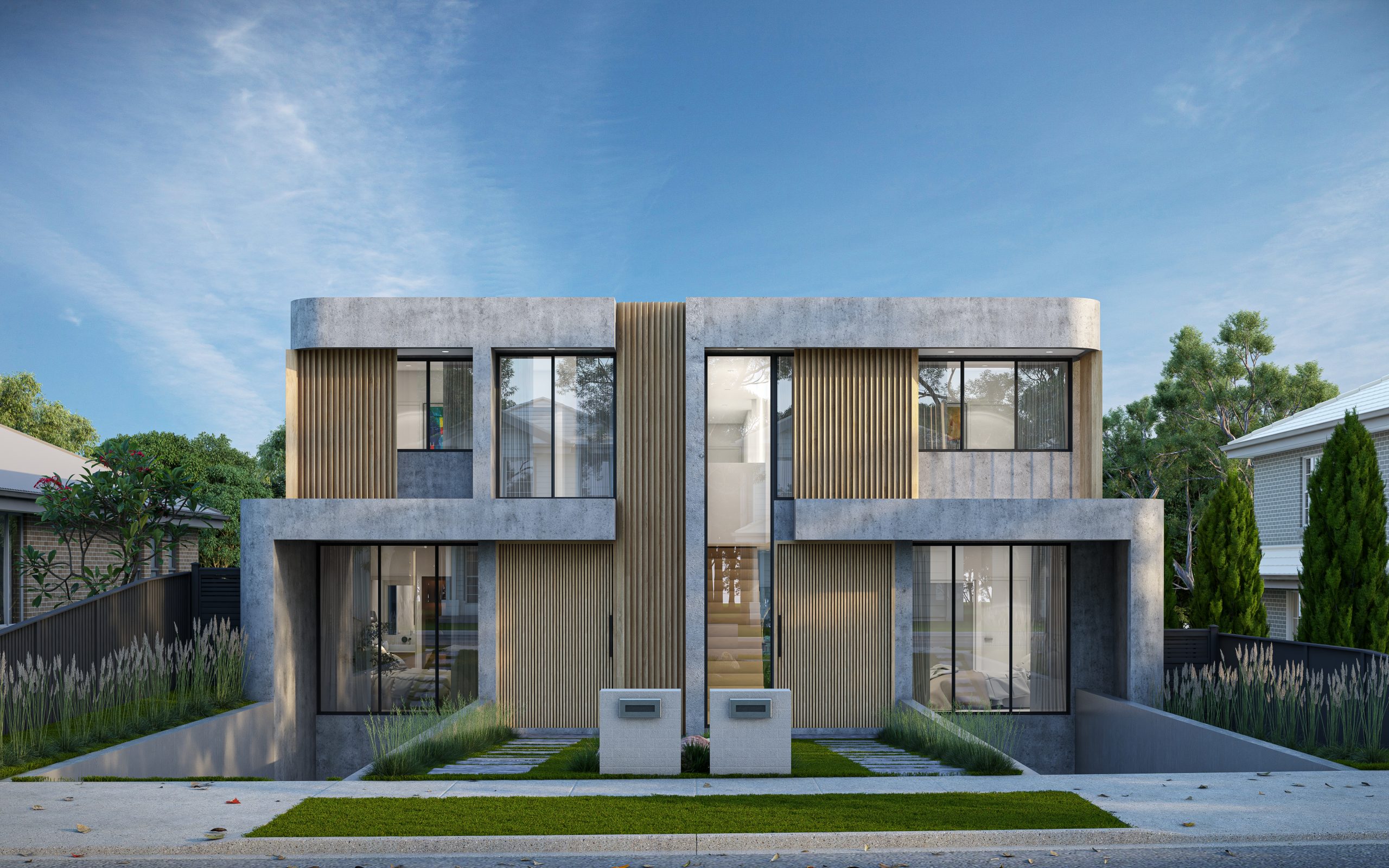Residential Architects: Creating Beautiful, Functional Spaces for Every Home
Residential Architects: Creating Beautiful, Functional Spaces for Every Home
Blog Article
How Residential Architects Create Custom-made Residences for every single Way Of Living
The procedure by which household engineers design personalized homes is a nuanced interplay of recognizing client demands and translating those understandings into functional living rooms. Via thorough appointments and the usage of layout tools, architects capture the essence of their customers' lifestyles, ensuring that each home mirrors personal worths and desires.
Understanding Client Demands

Reliable communication is paramount in this process. Architects must motivate customers to articulate their lifestyles, family dynamics, and future ambitions, ensuring that the layout mirrors their one-of-a-kind identification. By using tools such as questionnaires, interviews, and visual studies, designers can collect beneficial understandings right into the client's vision.
Moreover, recognizing the context in which a home will exist is essential. Designers should take into consideration variables such as the website attributes, regional environment, and social influences that can impact the style. This alternative method enables the development of rooms that are not only aesthetically pleasing however lasting and also practical.
Ultimately, a deep understanding of client needs allows architects to produce customized homes that improve the quality of life for their passengers, cultivating a sense of belonging and convenience within their living atmospheres.
Layout Process and Cooperation
The layout process in household architecture is a dynamic interplay of creative thinking and collaboration, where architects, customers, and numerous stakeholders work carefully to bring a vision to life. This iterative journey usually starts with a series of conferences to establish a detailed understanding of the customer's ambitions, preferences, and lifestyle demands. During these conversations, architects gather important details, enabling them to conceive layouts that align with the client's vision.
Adhering to the first appointments, the layout stage evolves via sketches, 3D models, and building makings. This aesthetic interaction acts as a device for architects to existing ideas, while also inviting customer responses, making sure that the final layout reverberates with their assumptions. Effective partnership with engineers, professionals, and interior designers is important throughout this stage, as it ensures that all functional aspects of the job are perfectly incorporated.

Incorporating Way Of Life Components
Integrating way of life components right into domestic style is necessary for producing spaces that absolutely resonate with the residents. residential architecture homes. This procedure starts with understanding the one-of-a-kind requirements, preferences, and everyday regimens of the home owners. Engineers take part in thorough conversations to uncover how the specific or household utilizes their space, whether for entertaining visitors, going after hobbies, or seeking silent resort
Once these understandings are collected, engineers can customize style features that boost day-to-day experiences. Open floor plans might be designed for households that focus on togetherness, while dedicated workspaces can be incorporated for those who work from home. Outdoor areas, such as patios or yards, can be highlighted for family members that appreciate exterior activities or enjoyable.
Furthermore, adaptability is a vital consideration; multi-functional areas permit adaptability as way of livings develop gradually. Custom-made storage space solutions can likewise be incorporated to meet particular company needs, ensuring that the home remains practical and clutter-free. Inevitably, by attentively weaving way of life components right into the architectural textile, domestic designers develop customized homes that not only satisfy aesthetic desires but also considerably enhance the lifestyle for their customers.
Sustainable and Smart Design
Sustainable and smart layout increasingly plays a pivotal role in property design, as property owners look for to lessen their ecological influence while boosting their living experiences. Engineers are now integrating environmentally friendly materials, energy-efficient systems, and ingenious innovations try these out to produce homes that not only meet visual needs however likewise serve the world.
Including renewable resource sources, such as photovoltaic panels and wind turbines, allows homeowners to harness natural deposits, significantly reducing dependence on standard power grids. Smart home Web Site innovations even more enhance sustainability by optimizing power usage via automated systems that manage home heating, cooling, and illumination based upon occupancy and preferences.
In addition, using lasting structure products-- like redeemed timber, bamboo, and recycled steel-- promotes a circular economic climate, minimizing waste and source usage. Designers likewise emphasize easy layout concepts, making certain homes are oriented for maximum all-natural light and air flow, consequently reducing the demand for fabricated cooling and heating.
Along with eco-friendly benefits, sustainable and clever style adds to the total comfort and health of locals. By focusing on indoor air high quality and natural environments, engineers create spaces that foster wellness, permitting homeowners to thrive in consistency with their environment.
Wrapping Up and Implementing Plans
Settling and applying plans is an essential stage in the residential design procedure, where the vision of a tailored home starts to appear. This phase includes careful focus to information, ensuring that every aspect of the layout is specifically articulated and ready for building. residential architecture homes. Architects collaborate carefully with clients to evaluate final plans, attending to any final changes or concerns, while guaranteeing that all components align with the homeowner's lifestyle demands
When plans are settled, architects prepare thorough building and construction records, consisting of thorough drawings and specs that function as a blueprint for contractors. These records lay out products, coatings, and installation techniques, offering clarity for subcontractors and service providers. Additionally, safeguarding essential useful site licenses and sticking to neighborhood structure codes is necessary, as it ensures compliance and smooth project implementation.
By cultivating a collaborative setting, architects can assure that the application straightens with the original vision. Inevitably, this essential stage changes concepts right into fact, laying the foundation for a home that shows the unique way of life and preferences of its residents.
Verdict
In final thought, residential architects play a pivotal function in crafting tailored homes that deal with diverse way of lives. With meticulous understanding of client demands, collective layout procedures, and the integration of way of life aspects, designers make certain that each home reflects individual choices. The consolidation of clever technologies and sustainable practices better enhances performance and ecological obligation. Ultimately, the efforts of domestic designers culminate in the understanding of customized living areas that advertise comfort and health for their inhabitants.
The procedure by which property architects style personalized homes is a nuanced interplay of understanding customer needs and translating those understandings into practical living areas. Through comprehensive assessments and the usage of style tools, architects capture the essence of their clients' way of livings, guaranteeing that each home shows personal values and desires. Engineers should urge customers to articulate their way of lives, family members characteristics, and future ambitions, guaranteeing that the style shows their distinct identity.The style procedure in household design is a dynamic interaction of creativity and partnership, where engineers, customers, and various stakeholders work closely to bring a vision to life - residential architecture homes. With precise understanding of customer demands, collective design procedures, and the integration of lifestyle components, architects make certain that each home reflects individual preferences
Report this page